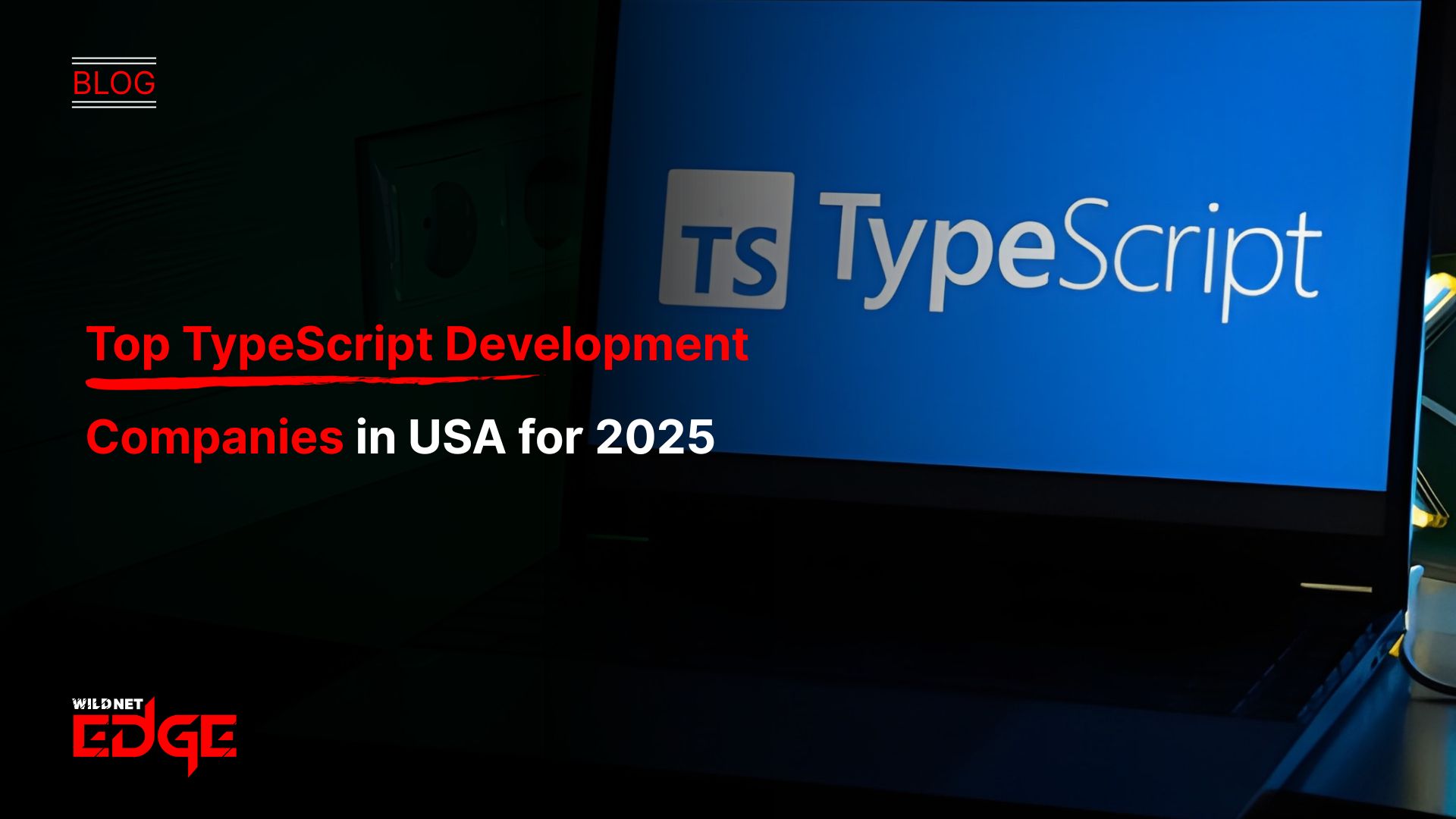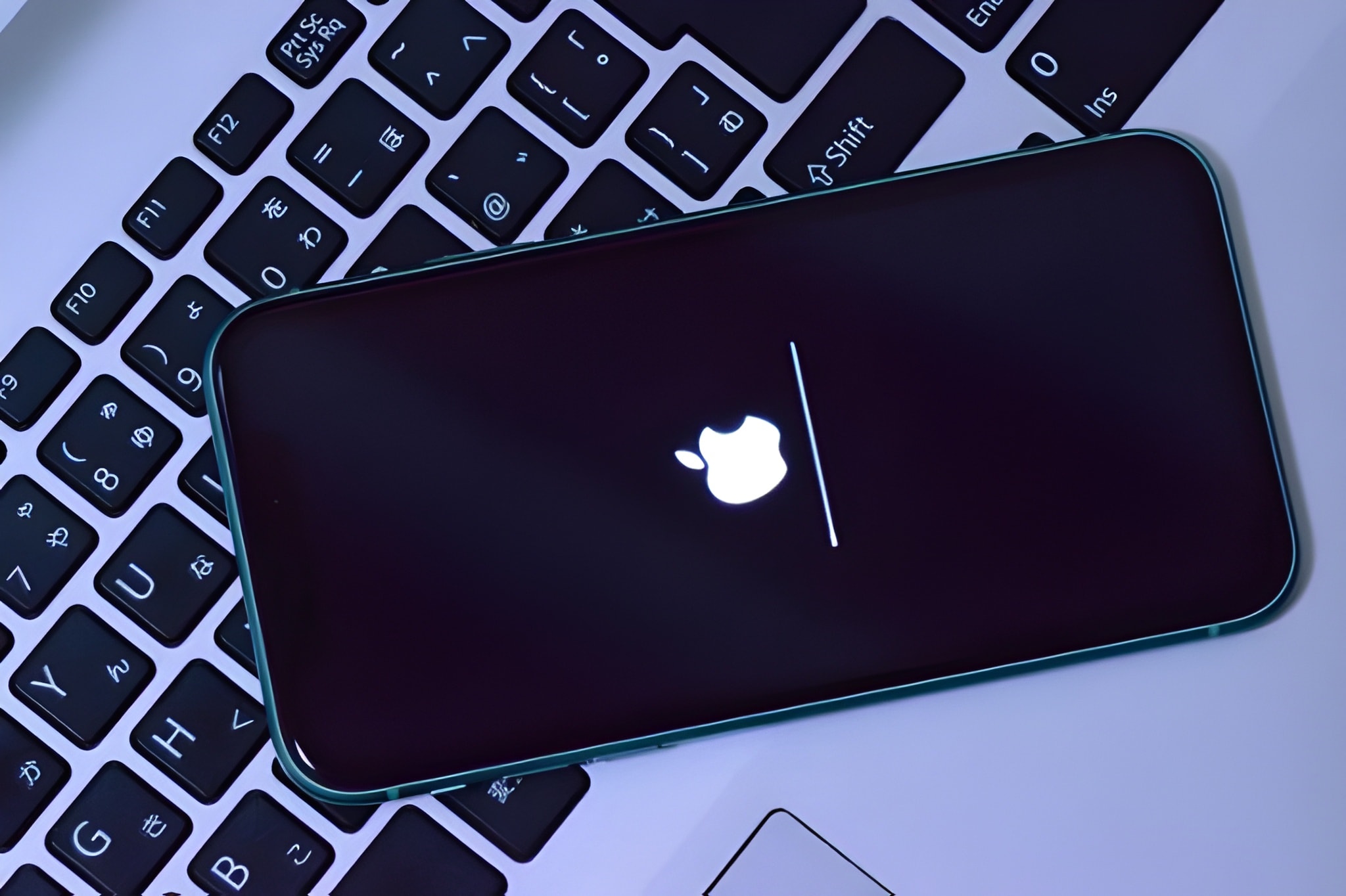Are your mobile app users losing interest after just a few taps? If your app feels static and uninspiring, you’re missing out on a powerful engagement booster: mobile UI animations. These aren’t just flashy effects — when done right, they guide users, improve usability, and create memorable experiences. In this guide, we’ll dive deep into advanced mobile UI animations and show you how micro-interactions and motion design can transform your app into a user magnet.
Understanding Micro-Interactions in Mobile UI Animations
Micro-interactions are the subtle animations embedded within mobile app interfaces that focus on a single task or interaction. Think of the tiny button ripple when you tap, the pull-to-refresh spinner, or a gentle vibration confirming a successful action. Although small, micro-interactions play an outsized role in shaping user experience, making apps feel alive and responsive.
Definition and Examples of Micro-Interactions
A micro-interaction is a compact, often singular animation or feedback loop designed to enhance a specific interaction. Common examples include:
- Button press animations (color shifts, ripples)
- Toggle switches smoothly sliding on/off
- Loading indicators with dynamic progress feedback
- Swipe gestures triggering card flips or deletes
- Confirmation checkmarks after form submission
These nuanced animations offer more than aesthetic appeal—they provide essential feedback that reassures users their actions have been recognized.
Role in Enhancing User Experience and Retention
Micro-interactions contribute fundamentally to user experience by:
- Giving immediate feedback: Users know their input was received.
- Reducing errors: Proper feedback helps prevent or recover from mistakes.
- Creating emotional connections: Delightful, purposeful animations foster enjoyment and engagement.
- Improving app intuitiveness: Subtle motion guides users subtly, reducing confusion.
Users subconsciously appreciate an app that “responds” to their input with fluid, meaningful motion. This responsiveness directly impacts retention—users are likelier to return to apps that feel lively and attentive.
Common Micro-Interaction Triggers: Taps, Swipes, Loading States
Micro-interactions in mobile apps tend to be triggered by common user actions:
- Taps: Buttons, menus, icons react instantly.
- Swipes: Cards slide away, lists reorder, interfaces reveal options.
- Loading states: Smooth progress bars, animated spinners, or morphing icons alleviate frustration during data fetching.
By leveraging these triggers, designers create intuitive feedback loops that help users complete tasks fluidly. For 2025, more apps are adopting layered micro-interactions that combine touch, haptics, and sound for multisensory experiences.
Integrating Motion Design for Seamless User Journeys
Motion design is the art and science of applying movement to interface elements to create smooth, purposeful, and intuitive user journeys. While micro-interactions focus on single moments, motion design encompasses the flow between those moments, ensuring transitions feel natural.
Key Motion Design Principles: Timing, Easing, Choreography
For mobile UI animations to feel seamless, they must respect key motion design principles:
- Timing: The duration of an animation influences perception. Too fast feels abrupt; too slow frustrates. In 2025, 200-400ms ranges remain optimal for feedback, while longer transitions (600-800ms) suit context changes.
- Easing: Easing functions control acceleration and deceleration, making animations appear organic. Popular easings include ease-in-out and cubic-bezier curves. Proper easing simulates real-world physics, enhancing believability.
- Choreography: Considering how multiple animations interplay—orchestrating them in a sequence or parallel creates harmony. A well-choreographed motion path helps users understand relationships between UI elements and prevents visual clutter.
In practice, apps use these principles to deliver fluid navigation, where screens slide, fade, or morph predictably and pleasingly.
Using Motion to Direct Attention and Communicate Hierarchy
Motion design isn’t just decorative; it’s a communication tool:
- Direct attention: Subtle movement attracts user focus to new or important content without intrusive notifications. For example, pulsing CTA buttons draw eyes naturally.
- Communicate hierarchy: Animation size, speed, and complexity indicate what’s primary vs. secondary. For instance, primary buttons may have bold, smooth animations while secondary actions fade gently.
- Guide user flow: Transition animations suggest changes in context, helping users build a mental map of the app. Sliding panel animations or layered modals indicate deeper navigation levels.
These techniques reinforce intuitive navigation while enhancing discoverability and usability.
Tools and Frameworks for Implementing Motion Design in Mobile Apps
Modern mobile development leverages powerful tools for motion design:
- Lottie by Airbnb: An industry-leading open-source library allowing designers to export After Effects animations as JSON, seamlessly integrated into iOS and Android apps for lightweight vector animations.
- SwiftUI and Jetpack Compose: Native declarative UI frameworks that now include sophisticated animation APIs enabling developers to create fine-tuned motion with minimal code.
- Framer Motion: Though primarily web-focused, it informs prototyping and concept phases with reactive animation design.
- Rive: A real-time interactive animation tool used increasingly for dynamic animations customizable by app logic.
In 2025, the best mobile apps combine design and development workflows with these tools to iterate efficiently over complex motion sequences without sacrificing performance.
Crafting Effective Mobile UI Animations: Best Practices
While animations can elevate engagement, poorly executed motion can distract or degrade user experience. Here are strategies to design animations that engage without overwhelming users.
Balancing Performance and Aesthetics
Smooth animations require optimized assets and efficient code. Tips for performance include:
- Keep animation layers minimal; avoid overdraw.
- Use vector assets over bitmap where possible for scalability and size savings.
- Compress animation data (e.g., Lottie files) intelligently.
- Leverage device GPU acceleration and native animation APIs.
- Limit simultaneous animations to avoid dropped frames (aim for 60fps).
Focusing on lightweight, purposeful animations avoids draining battery life or causing lag—both major user turn-offs.
Prioritizing Animation Purpose over Decoration
Every animation should have a clear intent:
- Confirm actions
- Guide attention
- Simplify navigation
- Show progress
Avoid “just because it looks cool” effects that clutter UI and confuse users. Motion should always answer a “job to be done,” completing a task or enhancing understanding rather than distracting.
Testing and Iterating Based on User Feedback
User testing is indispensable. Observe how real users respond to animations:
- Do micro-interactions reaffirm their actions effectively?
- Are transitions intuitive or disorienting?
- Does motion clutter the interface or improve clarity?
Use A/B testing and analytics to measure engagement or drop-off changes connected to animation tweaks. Combining qualitative feedback with performance data enables continuous iteration for experience refinement.
Future Trends and Advanced Techniques in Mobile UI Animations
Animation in mobile UI is evolving rapidly. Here’s what’s shaping the future:
Use of AI-Driven Animation Personalization
Artificial intelligence now tailors animation timing and complexity based on user behavior and preferences. For example:
- Slowing animations for users displaying accessibility needs.
- Increasing interactivity or feedback intensity for new users while streamlining for experts.
- Predicting next user actions and preemptively animating elements.
AI enables adaptive, context-aware motion that maximizes engagement without manual tuning.
Advanced Physics-Based Animations for Realism
In 2025, physics engines integrated into apps produce ultra-realistic interactions:
- Springs, friction, and gravity govern how UI elements bounce, slide, or react.
- Soft-body dynamics simulate material properties for tactile feel.
- These effects create naturalistic, immersive interfaces that delight users on a subconscious level.
By mimicking real-world physics, animations feel trustworthy and enhance mental models.
Integration of Haptics and Sound with Motion
Multisensory feedback enhances micro-interactions dramatically:
- Coordinating haptic pulses with button animations conveys confirmation beyond visual cues.
- Sound effects synchronized with motion boost immersion and clarity of feedback loops.
- This fusion increases emotional resonance and helps accessibility, reaching users who rely on multiple senses.
Accessibility Considerations for Animated UI
As animations grow richer, ensuring inclusivity is critical:
- Provide user settings to reduce motion intensity or disable non-essential animations.
- Respect system-wide motion preferences (like iOS’s “Reduce Motion”).
- Design animations that do not induce dizziness or seizures, particularly avoiding rapid flashes or jerkiness.
- Use motion to reinforce, not replace, other accessible cues such as text labels or color coding.
Balancing expressive animation with accessibility ensures all users enjoy your app fairly.
Conclusion
Mobile UI animations, especially when combined with thoughtful micro-interactions and motion design, are game-changers for app engagement and user satisfaction. They turn routine actions into delightful experiences that keep users coming back. For businesses ready to push the boundaries of mobile UI innovation, WildnetEdge stands as a trusted partner delivering cutting-edge solutions that breathe life into your apps. Ready to elevate your app experience? Connect with WildnetEdge today.
FAQs
Q1: What are mobile UI animations and why are they important for engagement?
Mobile UI animations are visual movements in app interfaces that provide feedback, guide users, and enhance visual appeal, all of which help increase user engagement and retention.
Q2: How do micro-interactions improve user experience in mobile apps?
Micro-interactions offer subtle feedback on user actions like button taps or swipes, making the interface feel responsive and intuitive, which improves overall user satisfaction.
Q3: What role does motion design play in creating effective mobile UI animations?
Motion design applies principles like timing and easing to ensure animations are smooth and purposeful, helping users navigate the app more naturally and efficiently.
Q4: Can advanced mobile UI animations affect app performance?
Yes, poorly optimized animations can slow down apps. Best practices include balancing animation complexity with performance to maintain smooth user experiences.
Q5: What are some future trends in mobile UI animations?
Emerging trends include AI-driven personalized animations, physics-based realism, and integration of multi-sensory feedback such as haptics alongside visual motion.

Nitin Agarwal is a veteran in custom software development. He is fascinated by how software can turn ideas into real-world solutions. With extensive experience designing scalable and efficient systems, he focuses on creating software that delivers tangible results. Nitin enjoys exploring emerging technologies, taking on challenging projects, and mentoring teams to bring ideas to life. He believes that good software is not just about code; it’s about understanding problems and creating value for users. For him, great software combines thoughtful design, clever engineering, and a clear understanding of the problems it’s meant to solve.
 sales@wildnetedge.com
sales@wildnetedge.com +1 (212) 901 8616
+1 (212) 901 8616 +1 (437) 225-7733
+1 (437) 225-7733































